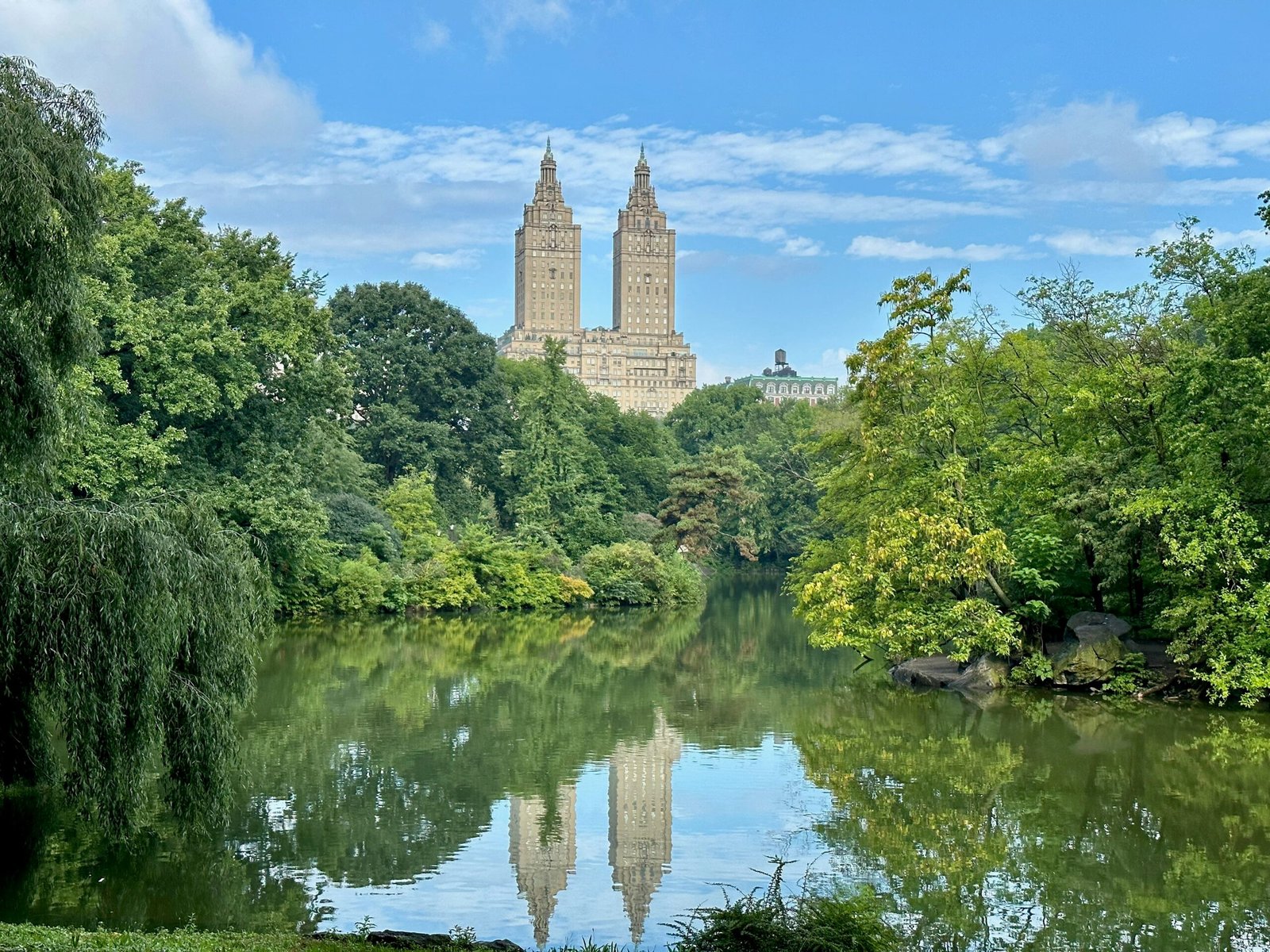
Understanding Urban Green Spaces
Urban green spaces, such as parks and community gardens, play a crucial role in enhancing the quality of life in metropolitan areas. These green environments are more than just aesthetic additions to cities; they provide essential benefits that can help mitigate health disparities among urban populations.
The Role of Green Spaces in Public Health
Research has shown that access to urban green spaces significantly contributes to improved mental and physical health. When individuals, particularly those from underserved communities, engage with nature, they experience reduced stress levels, improved mood, and greater opportunities for physical activity. Consistent access to these spaces can help diminish health disparities that often result from socio-economic inequalities.
Enhancing Community Engagement
Moreover, urban green spaces serve as community hubs that foster social interaction and support networks. By creating inclusive environments that encourage participation in activities—like gardening, exercising, and recreational events—these spaces not only promote health but also strengthen community bonds. This collaboration is vital for addressing the systemic issues that contribute to health disparities.
In conclusion, integrating ample green areas within urban settings is essential for mitigating health disparities. As cities continue to grow, prioritizing the development of these urban green spaces can lead to healthier, more equitable communities. By advocating for and investing in green infrastructure, we can bridge the gap in health outcomes and improve the well-being of all urban residents.



